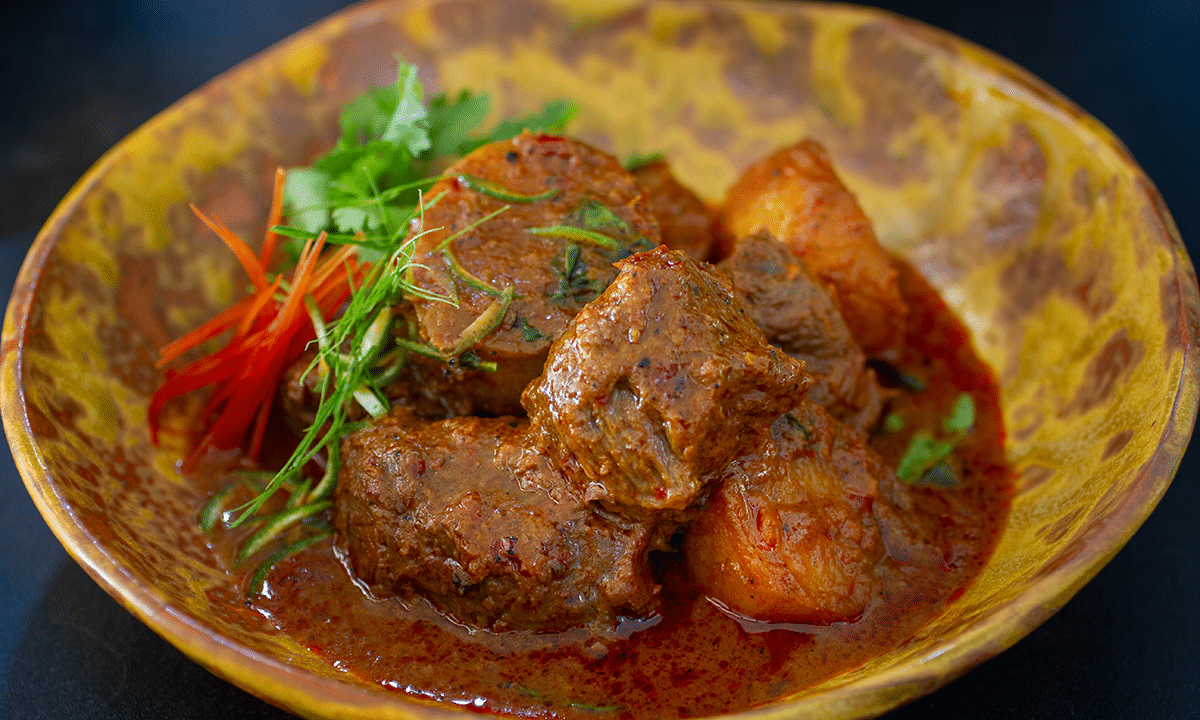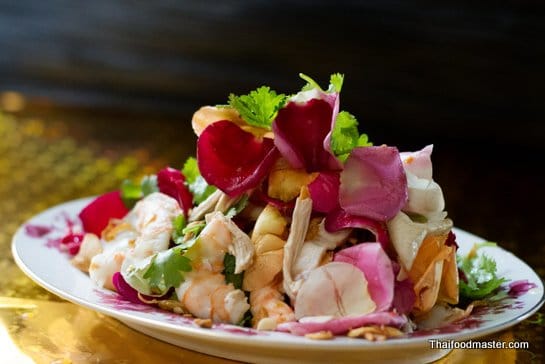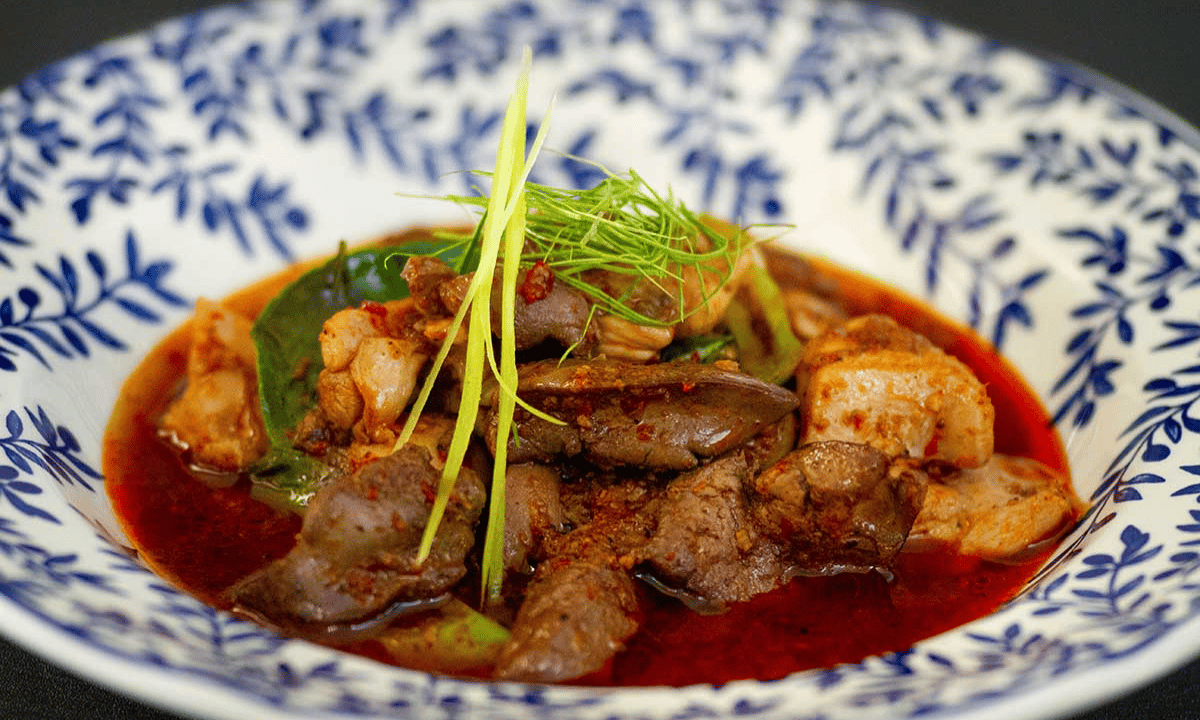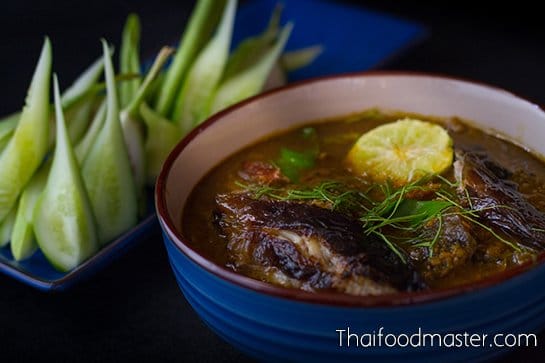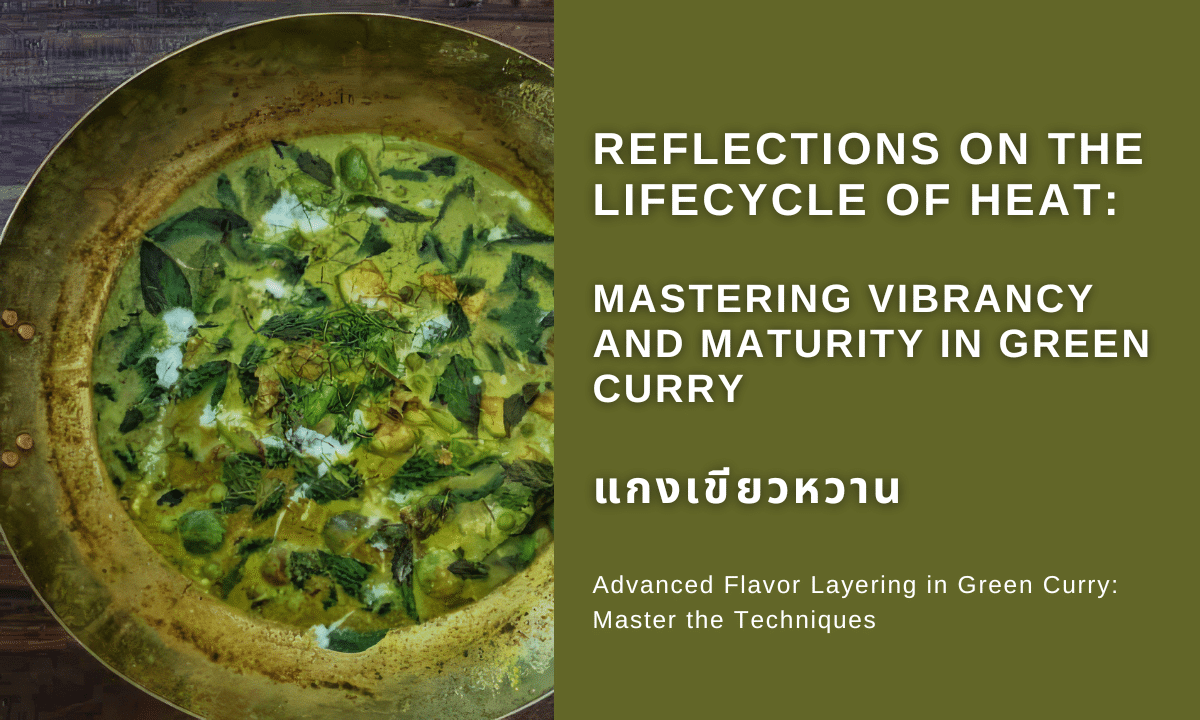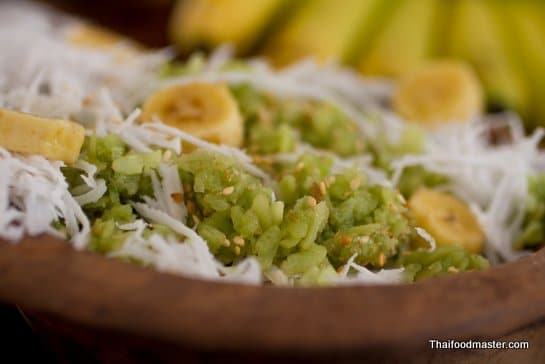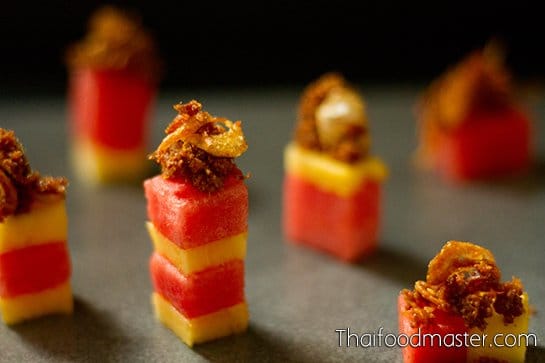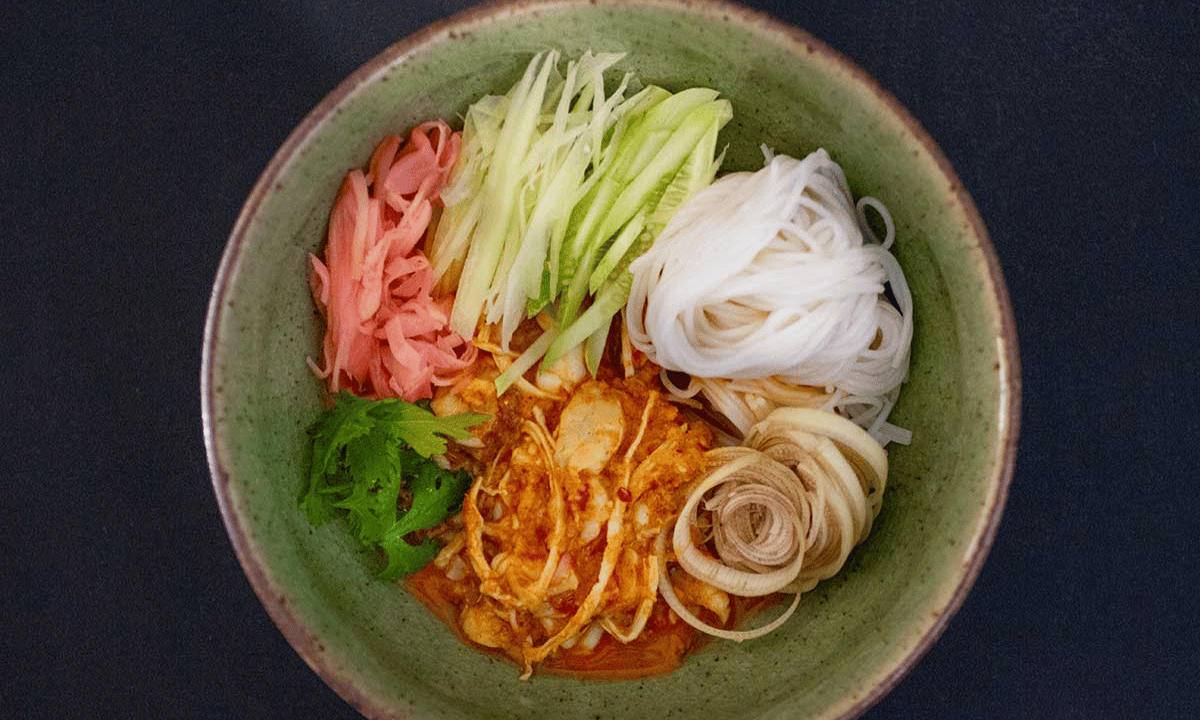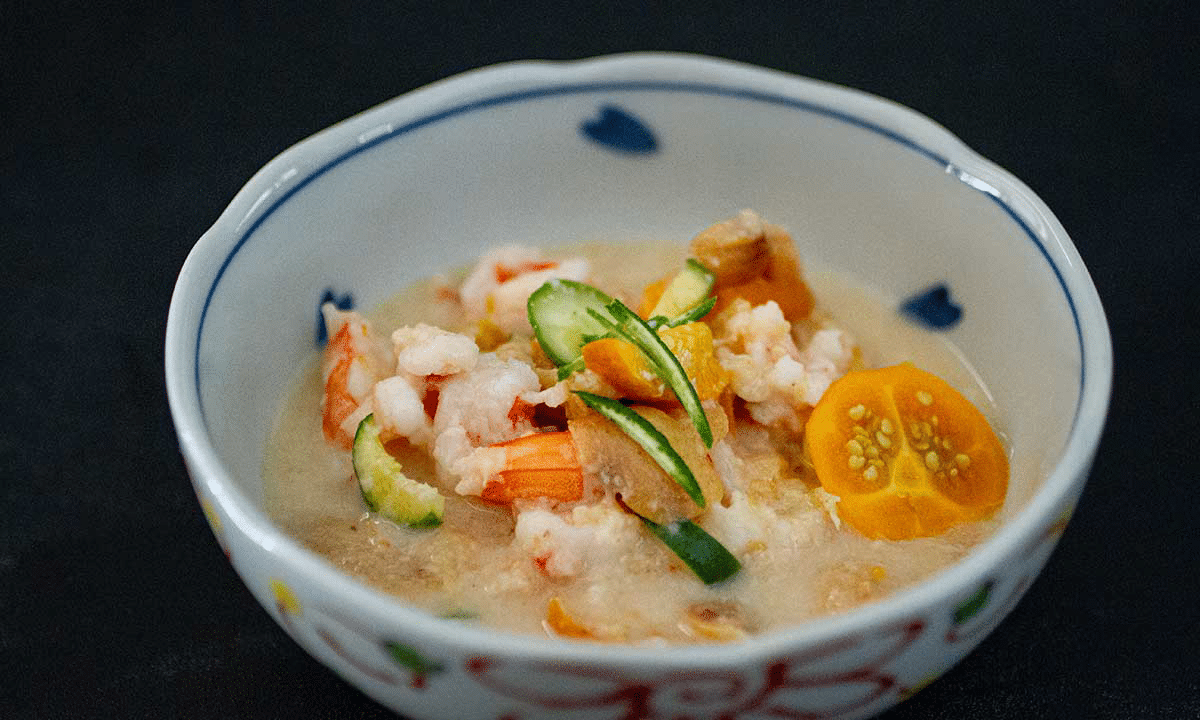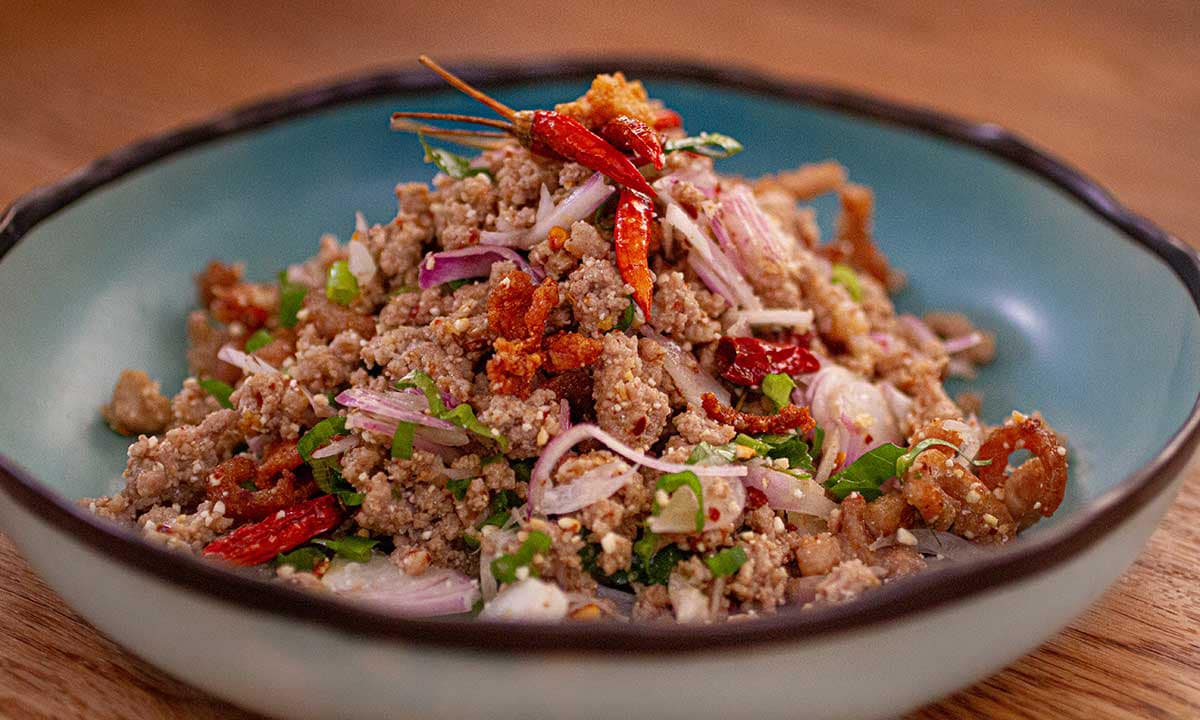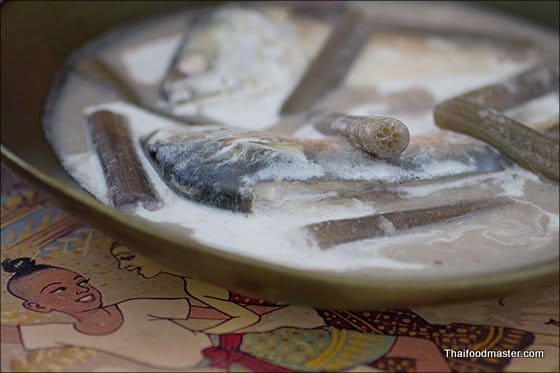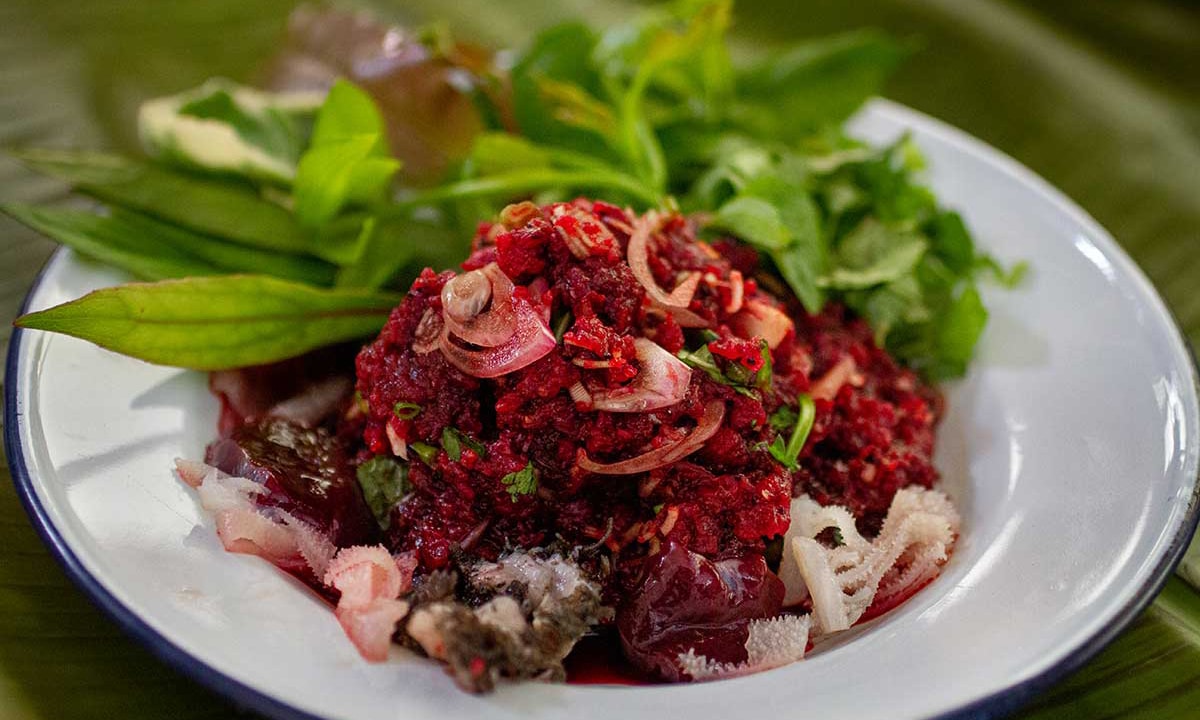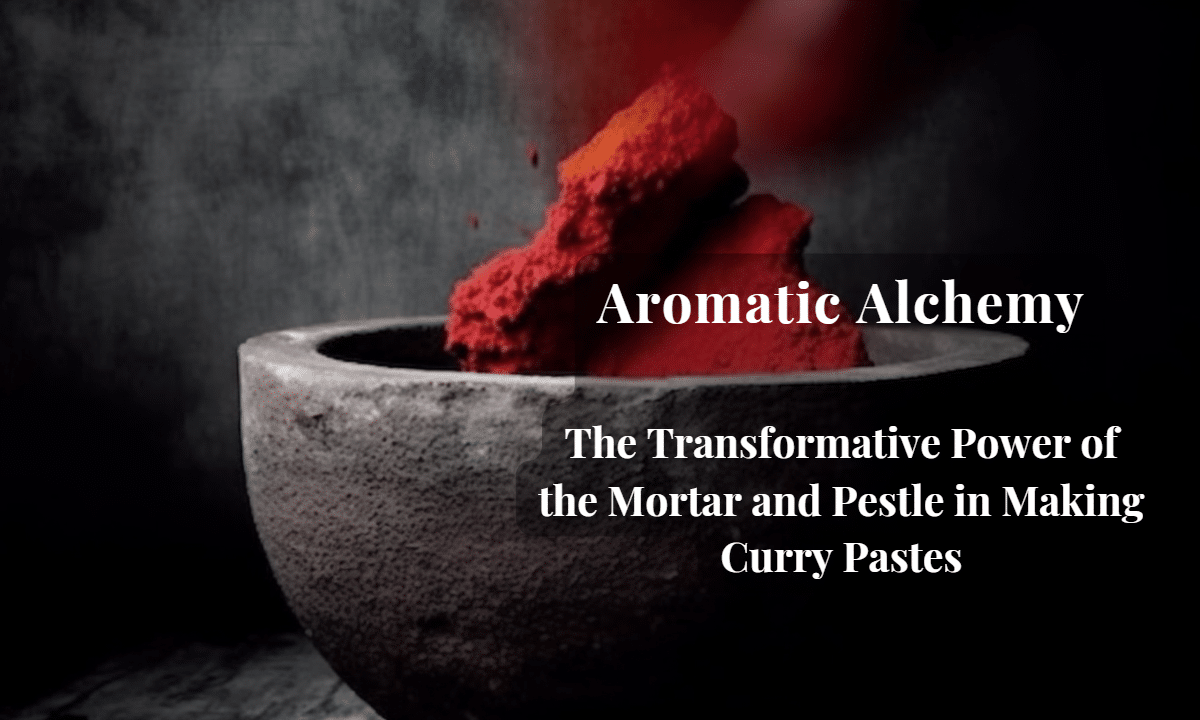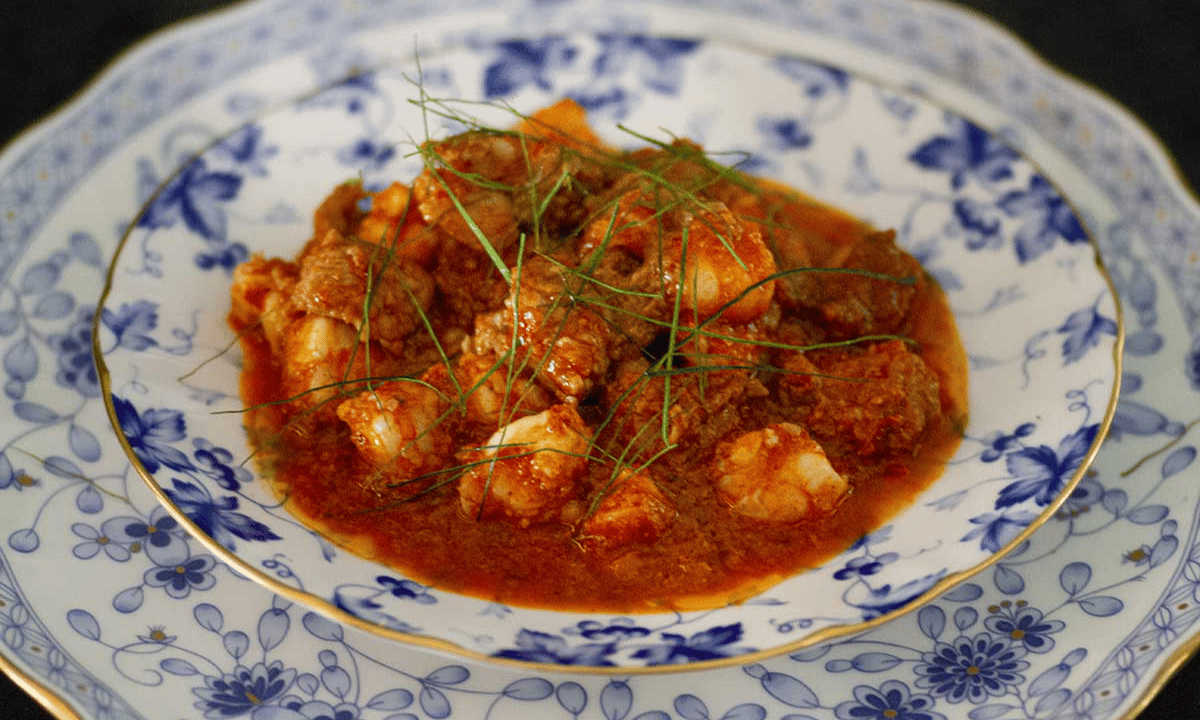
In this groundbreaking masterclass, I invite you to join me on a transformative journey through the complex world of Siamese curry paste. We’ll go beyond the culinary surface to examine the elaborate layers of cultural, philosophical and even metaphysical influences that shape the art of curry paste making. Utilizing a four-tier analytical framework, we’ll explore the concept of ‘sub-pastes’, each contributing its own set of cultural, medicinal and philosophical elements to the overall paste. This masterclass is designed to be more than an educational experience; it is a comprehensive guide for anyone who is committed to unraveling the intricate patterns hidden within curry paste and understanding their broader significance in Siamese culture.
